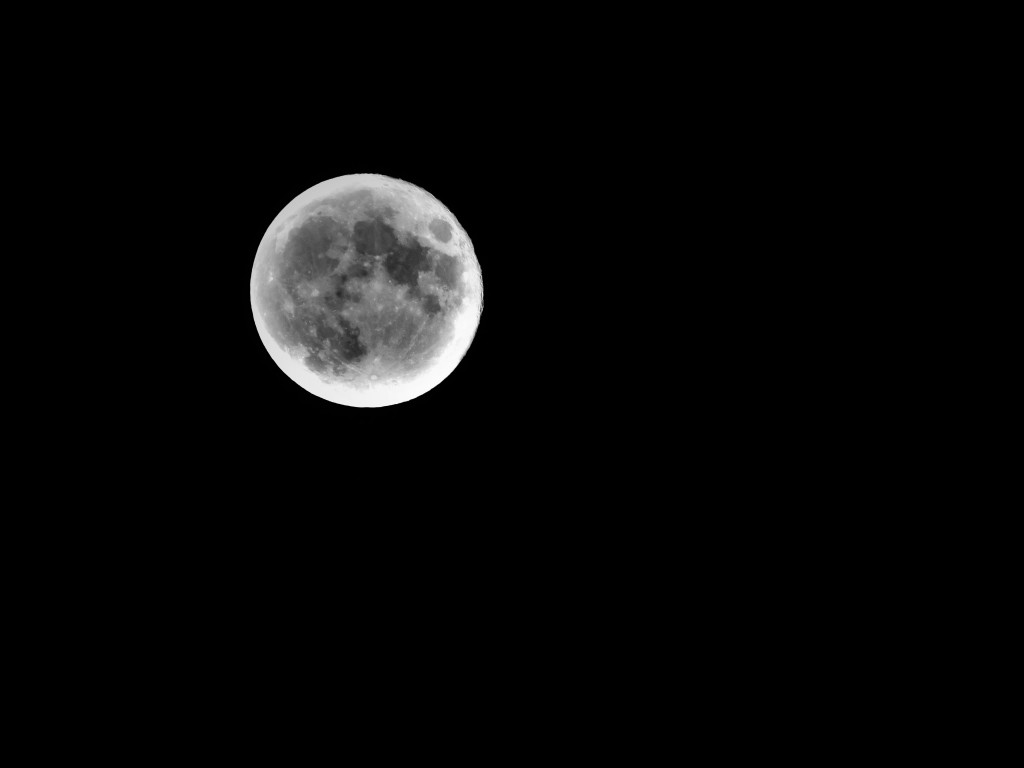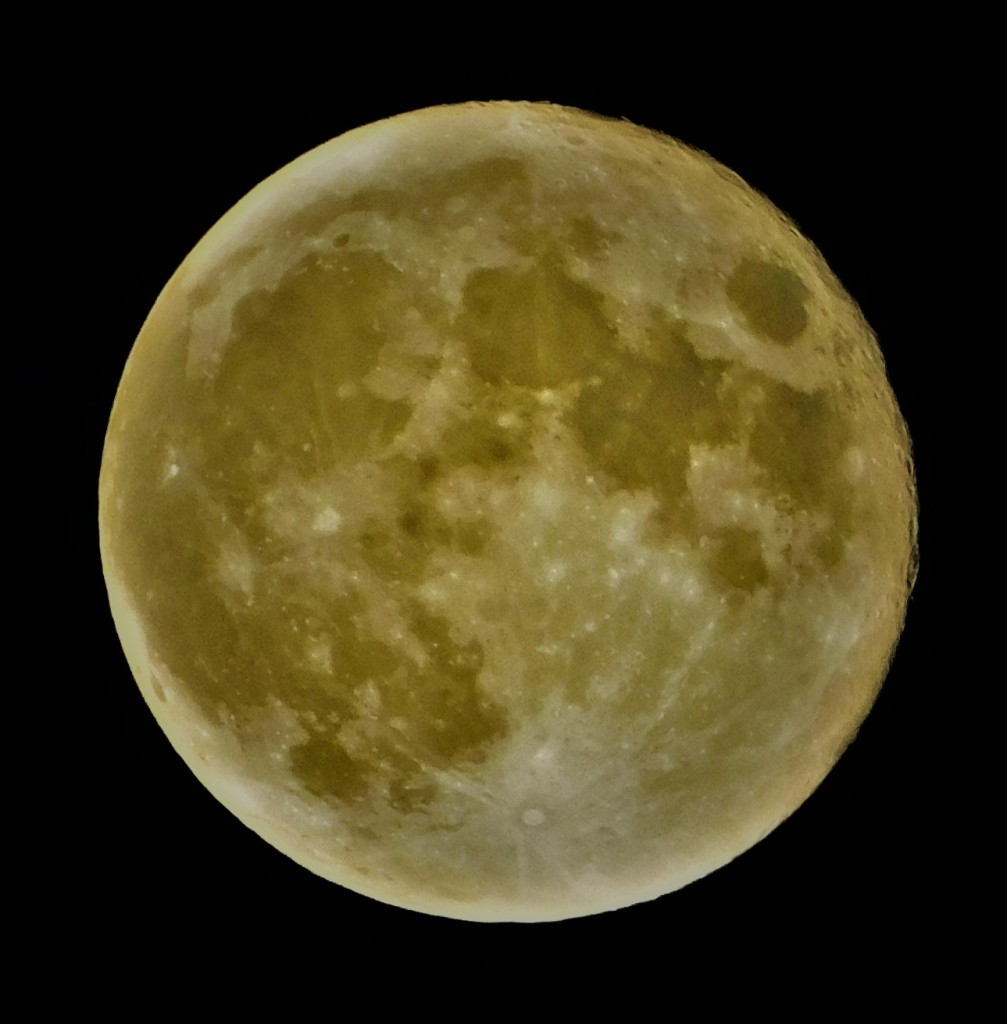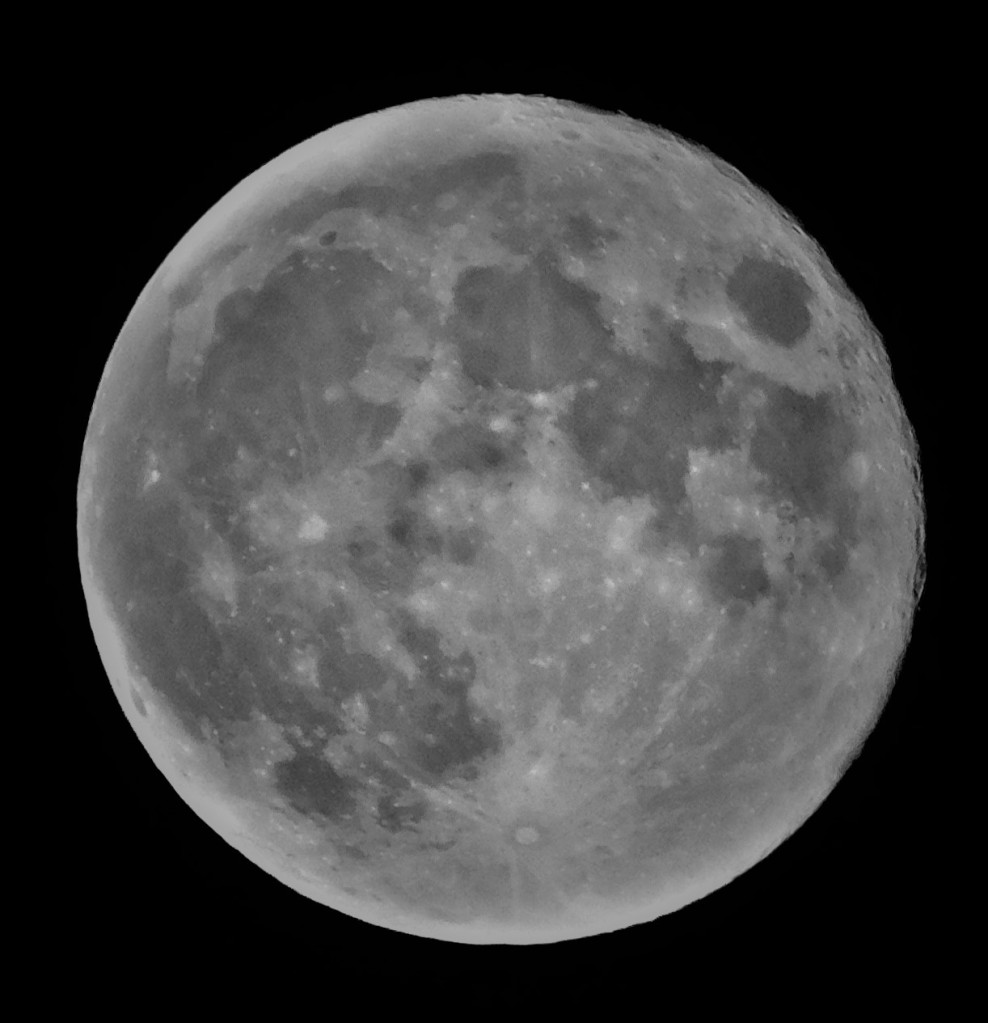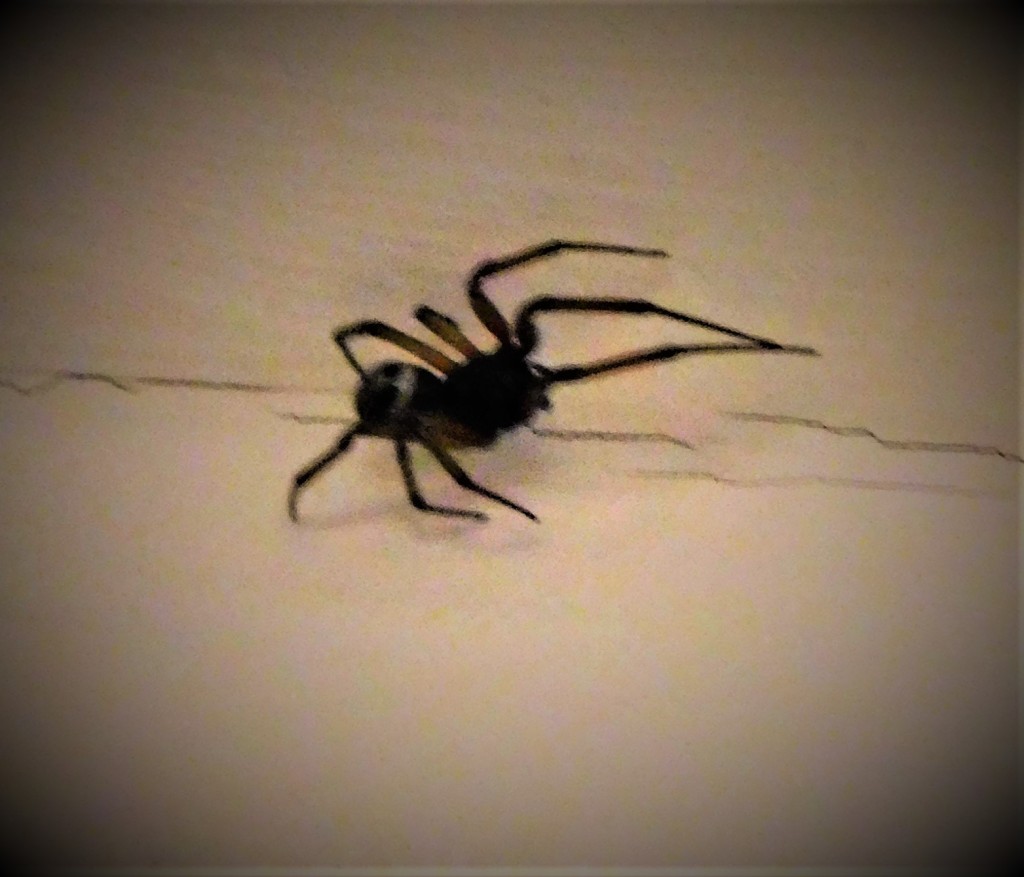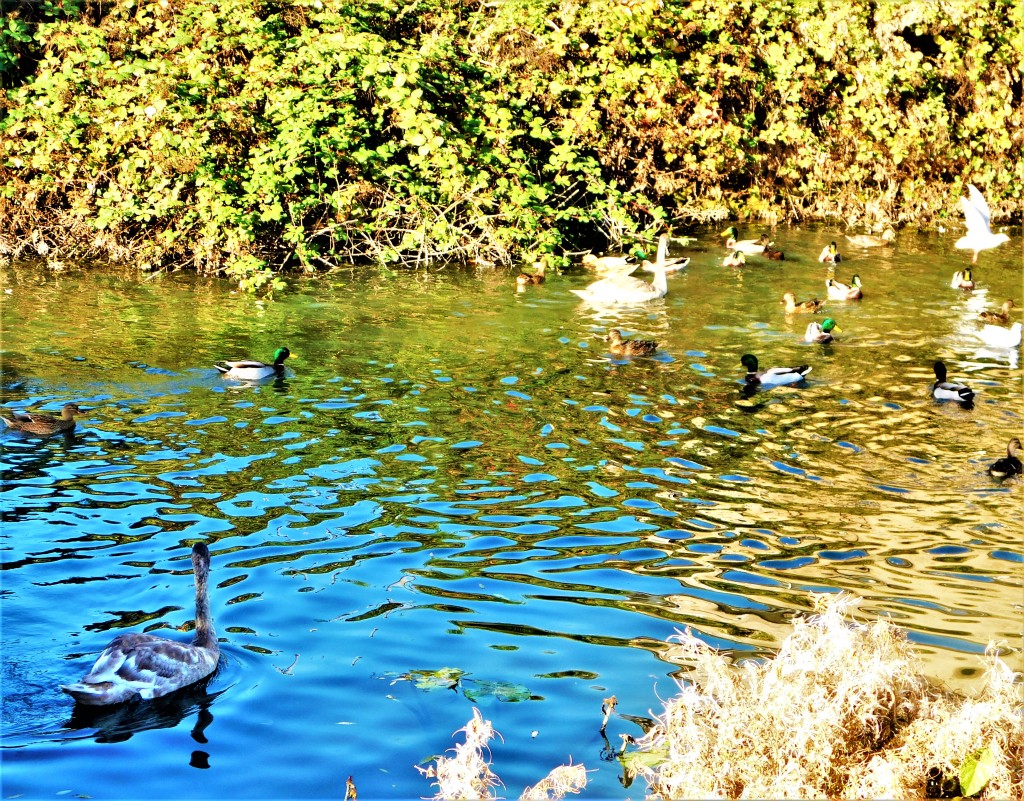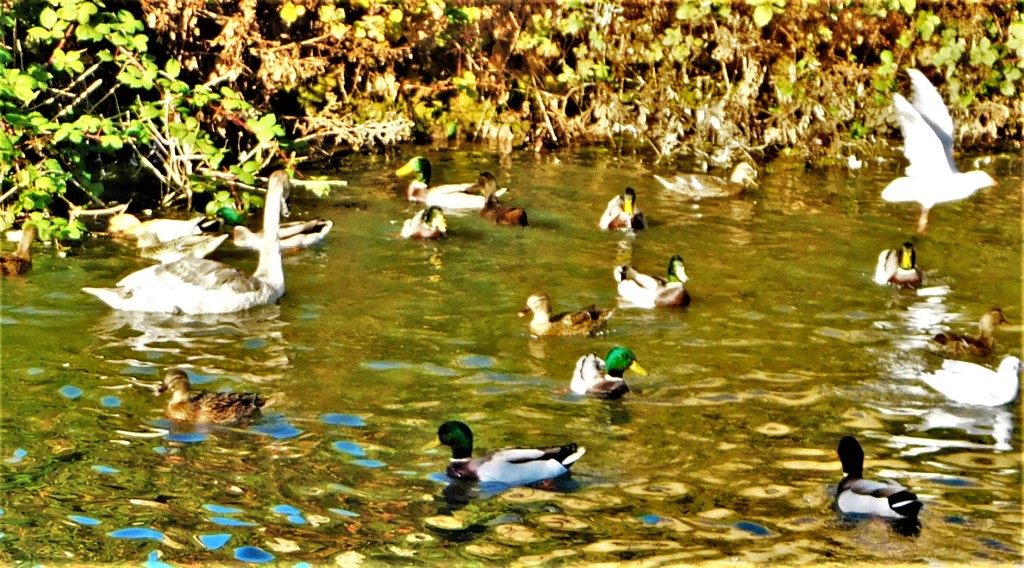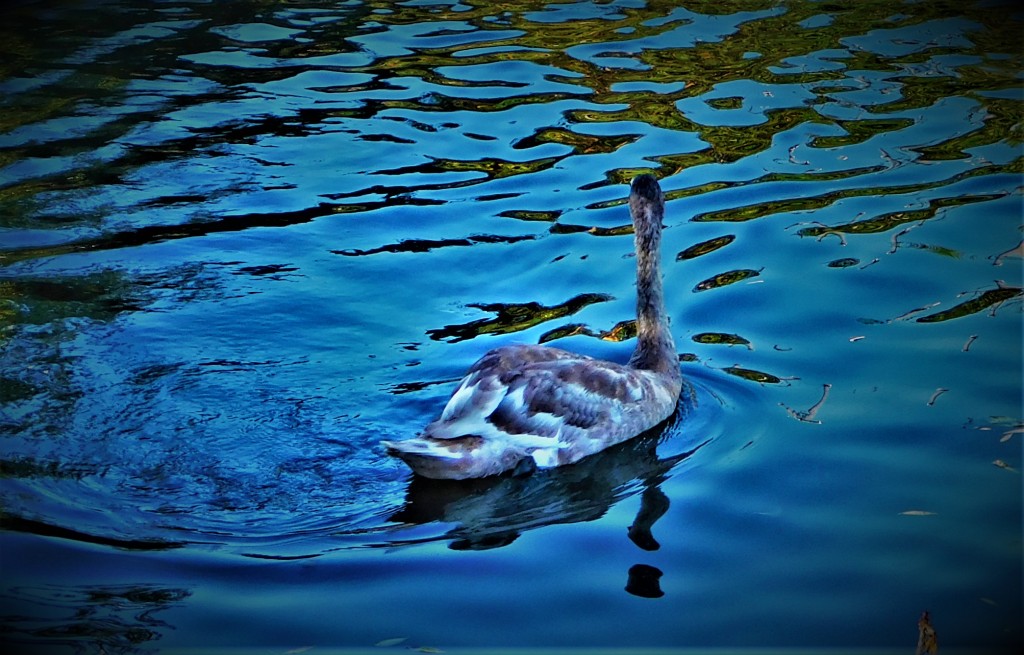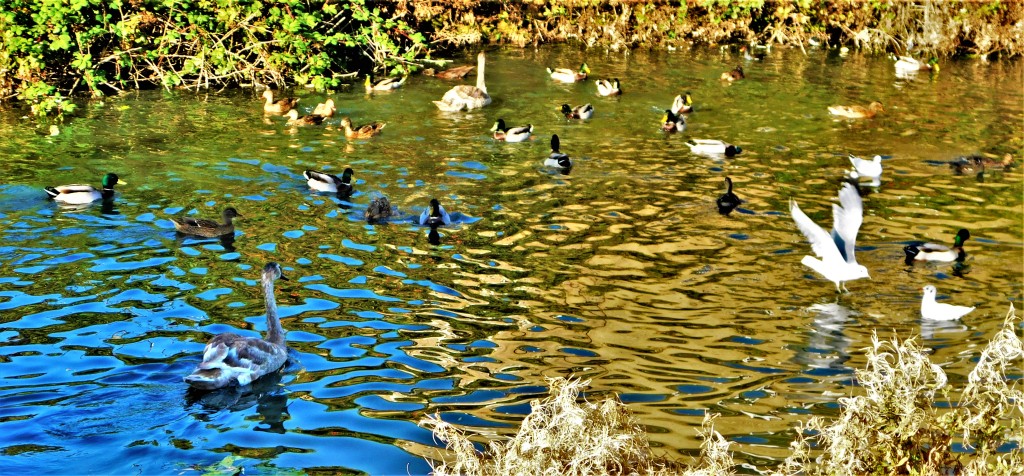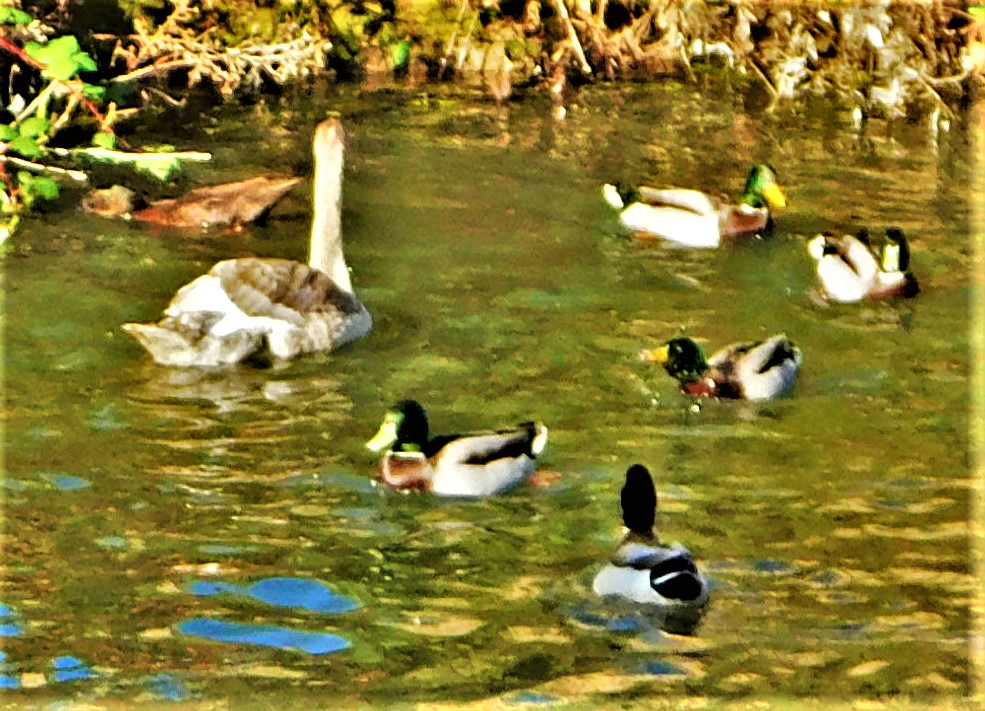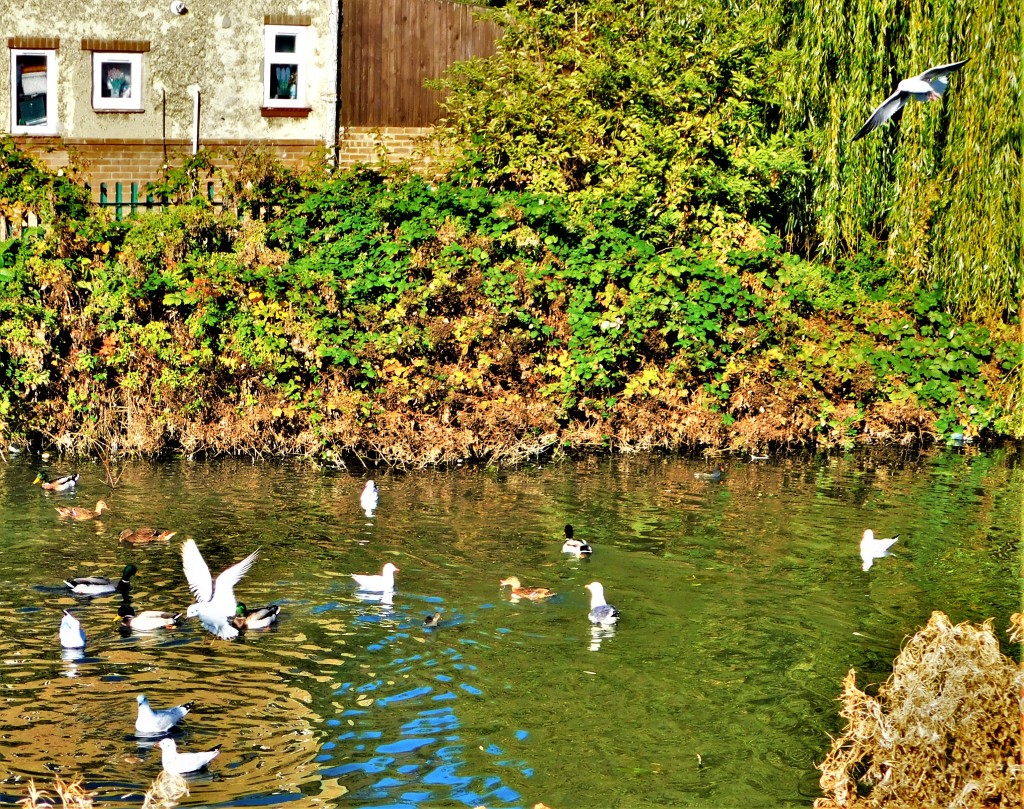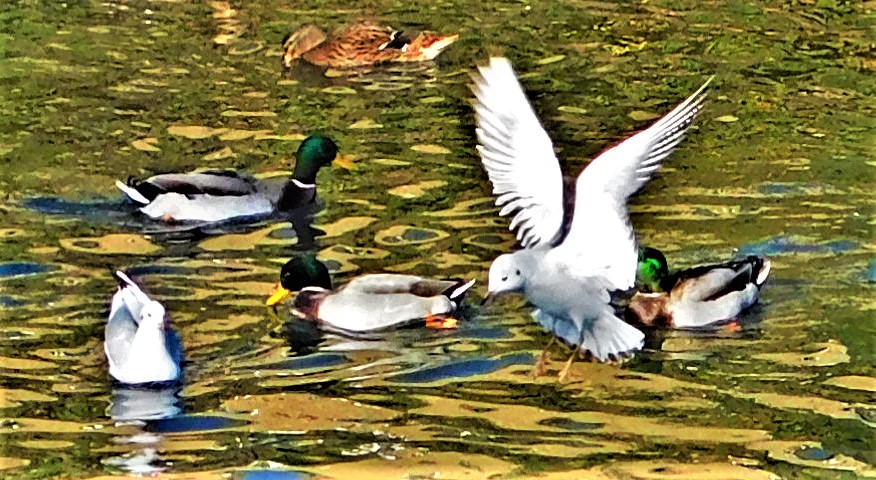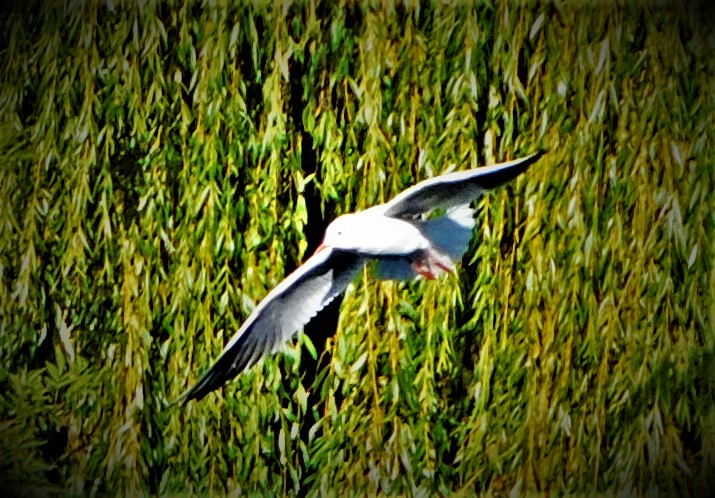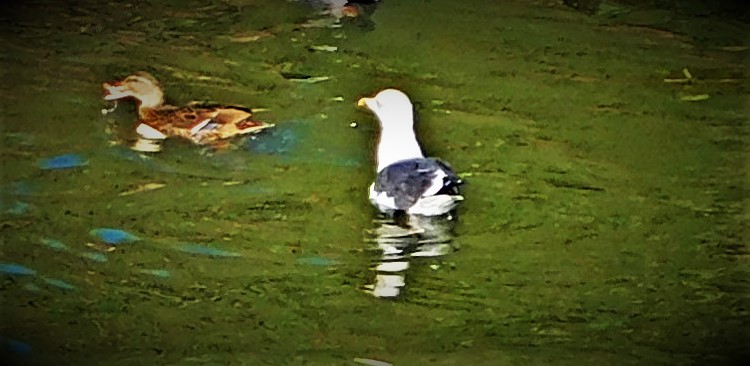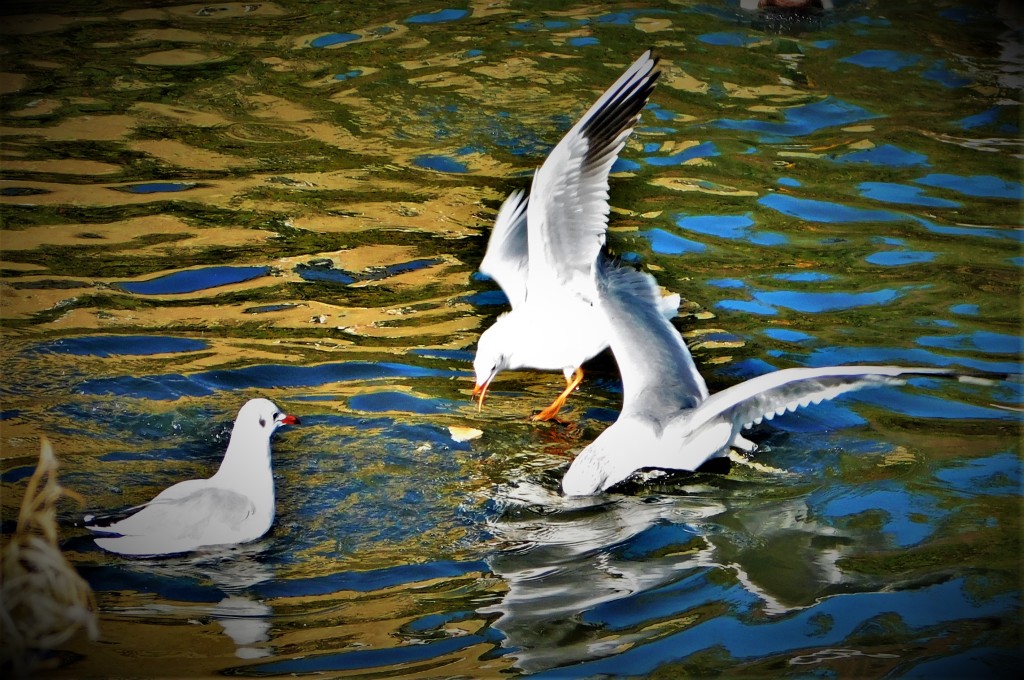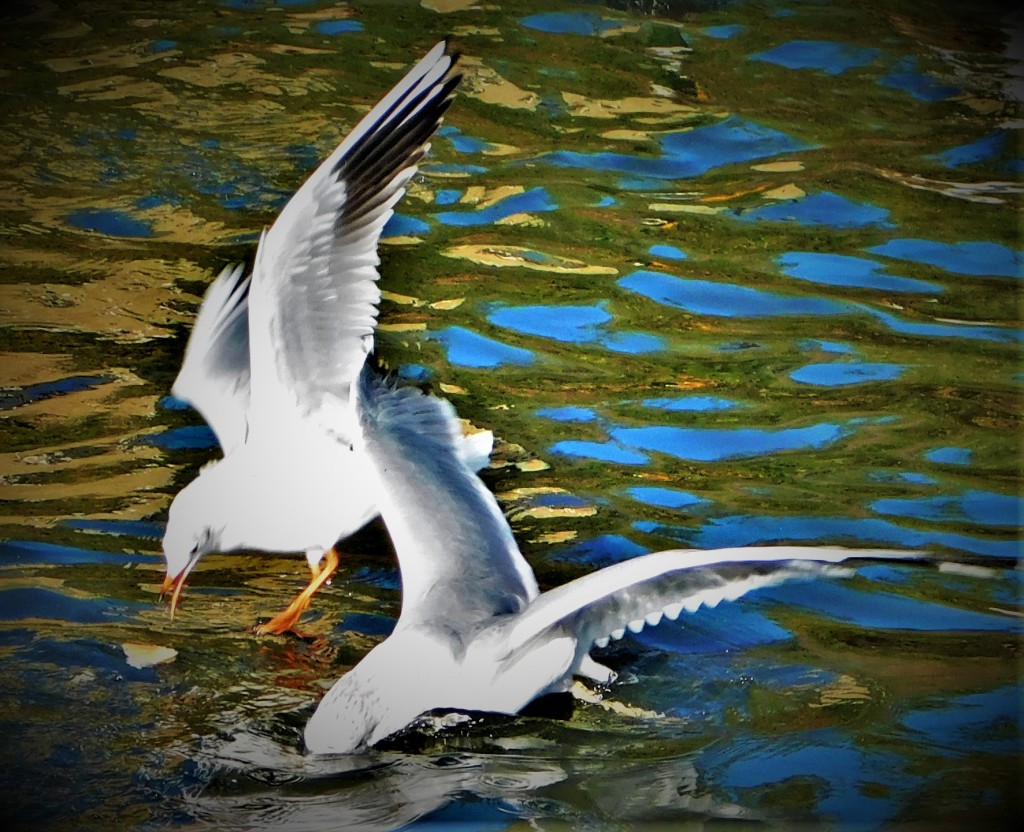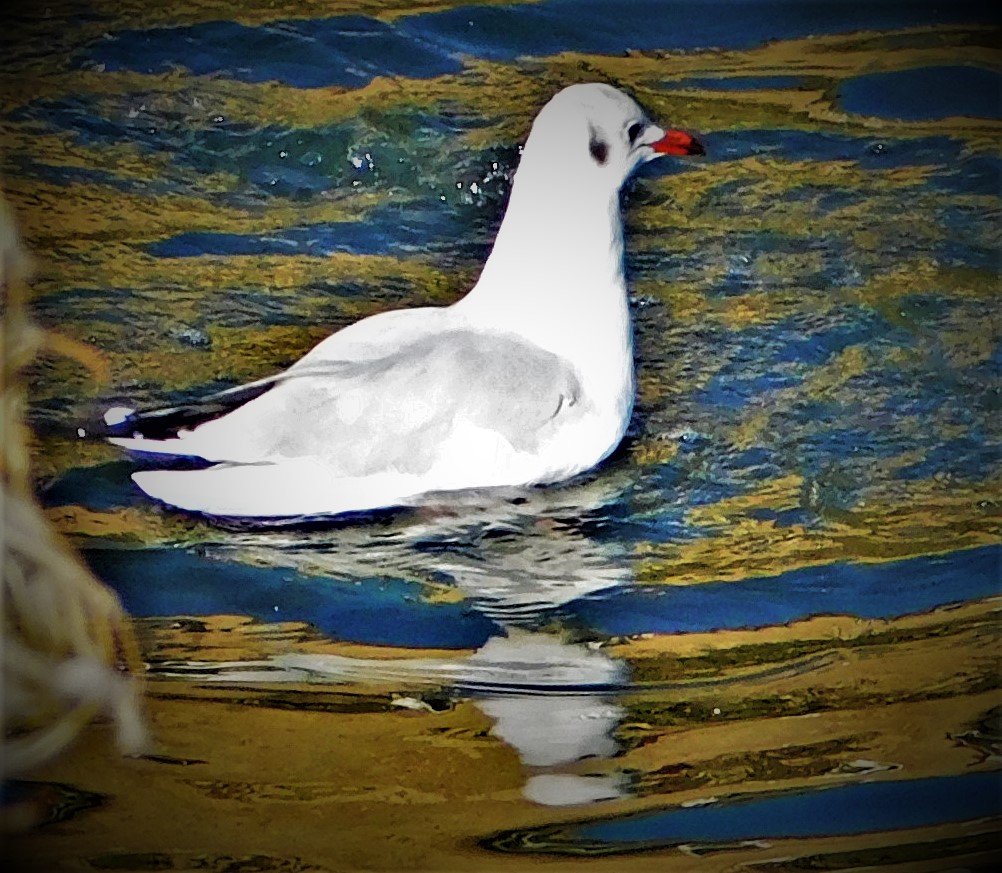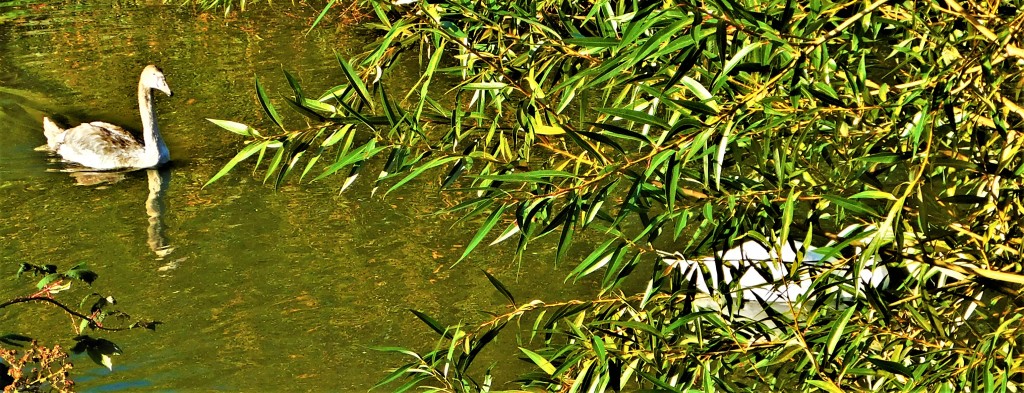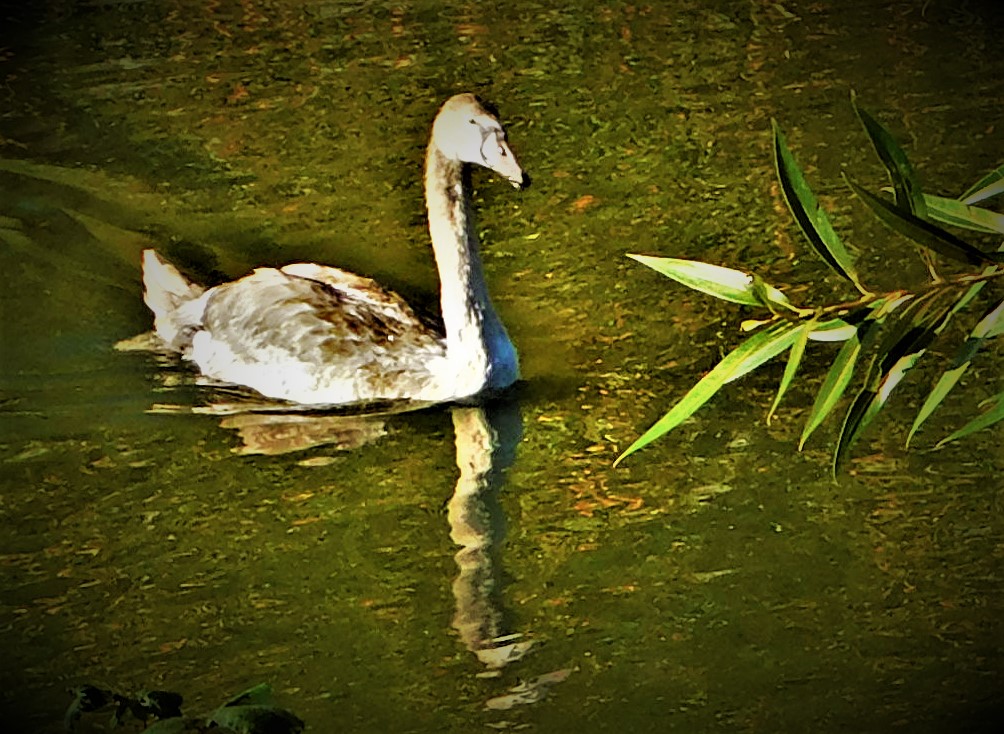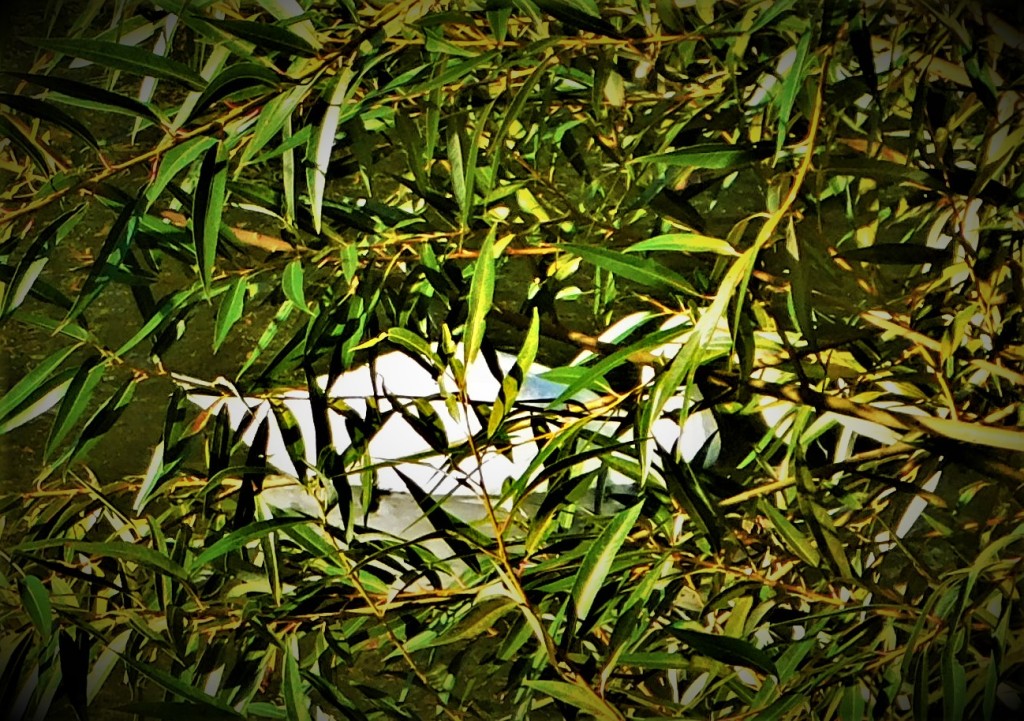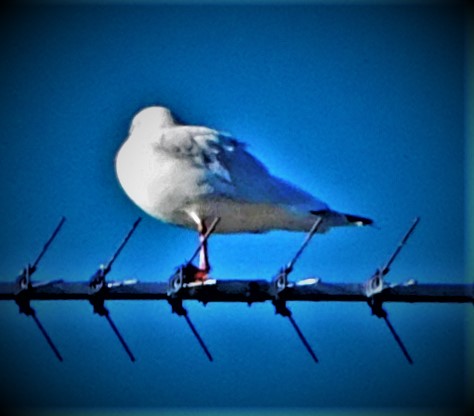Welcome to the latest instalment in my extended analysis of how the teams I selected for each letter of the alphabet. The Gs are currently in the spotlight and start today with 37.5 of a possible 55 points. There are links (light blue text) back to the posts I created for today’s featured sides in the selection stage of this series.
THE Gs V THE Ms

The opening pairs are both stellar. I rate WG as the better number three – Macartney benefitted from some very flat pitches – 16 of the 25 all time leading run scorers in FC history played some part of their careers in the inter-war years (Macartney finished his test career in 1926) and there is a reason why that era was known for tall scoring, especially in Australia. Grace is the only super stacker to have played all his FC cricket before WWI (an appearance for The Gentlemen of England v Surrey early in the 1908 season was his last FC match). Second and third among all time pre-WWI scorers in FC cricket are Fry and Ranji, both over 20,000 runs behind Grace. I give the number four slot to Gower – his test average is a few runs per innings lower than Mead’s, but the sample size is much larger for him. Miandad definitely gets the verdict over Graveney. Gilchrist wins the batting element of the keepers match up by a greater margin than he loses the keeping element. Miller outpoints Gregory in both departments. The Ms have a significant advantage in pace bowling – only Garner among the Gs specialist pacers would find a place in the Ms XI did one change the opening letter of his name. As against that, while Murali clearly outpoints Gibbs, Grimmett outranks Mahmood and gives the Gs a better balanced attack than the Ms. Both Grace and Miller were fine skippers, though I think Grace has to be awarded the palm in this department. I cannot pick a winner of this epic contest: Gs 2.5, Ms 2.5.
THE Gs V THE Ns
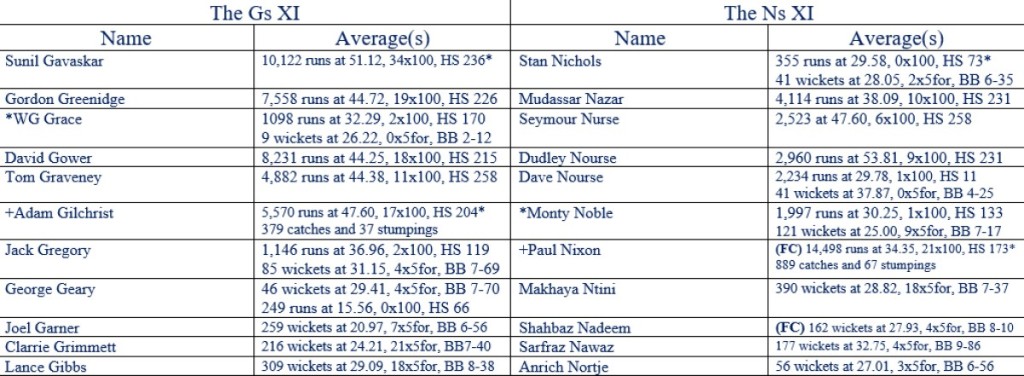
The Gs have far the better opening pair, Grace is about even on batting with Nurse given the different eras in which they played, Dudley Nourse outpoints Gower, but Dave Nourse is outpointed by Graveney. Noble is outbatted by Gilchrist and outbowled by Gibbs, Nixon is outbatted by Gregory but outkeeps Gilchrist. The Gs win the pace bowling match up due to having Garner in their ranks, and they are miles clear in spin bowling, with Grimmett outbowling Nadeem by an even bigger margin than Gibbs outbowls Noble. Only in middle order batting, and that not by much, can the Ns claim an advantage: Gs 5, Ns 0.
THE Gs V THE Os

The Gs absolutely boss the batting, with every match up in that department going their way bar Gower v O’Neill, which goes to the Aussie by a fraction. The seam bowling is also overwhelmingly in the Gs favour. Grace massively outranks O’Reilly (who never actually had the job IRL) as a skipper, and Oldfield wins the keeping side of his match up against Gilchrist. The Gs win the spin bowling – Gibbs outranking Ojha, while O’Reilly and Grimmett were both absolute titans of leg spin. There is simply no way the Os can offer any serious resistance: Gs 5, Os 0.
THE Gs V THE Ps

With all due respect to Ponsford, the Gs have the better opening pair. The Ps win the batting element of the number three slot, but by much less than raw figures suggest – Grace’s average, recorded between the ages of 32 and almost 51, equates to about 48 on 21st century pitches. G Pollock clearly wins the battle of the left handed stroke players at number four. Pietersen and Graveney is a closer battle – Graveney, a stroke maker by instinct, played in an era when scoring rates were generally slow and would probably have fared better in Pietersen’s era than he did in his own. I make this one level pegging. Gilchrist outpoints Pant, although Pant is young enough that he may yet change that. Circumstances restricted Procter to a handful of tests, in which he fared very well. Myself I think Gregory probably wins the batting element of their match up, while Procter very comfortably wins the bowling element. S Pollock outpoints Geary in both departments. P Pollock loses his match up to Garner. Grimmett outranks Parker for my money, though the scandalous way in which the England selectors of that era treated Parker makes it hard to be sure. Gibbs v Prasanna is more clear cut – their test careers had an overlap, Gibbs took more wickets at a better average, and Prasanna’s home pitches favoured spin more than Gibbs’ did, giving Gibbs a comfortable win. I make the Gs slightly the better batting side, and I just rank Grace ahead of Procter as a skipper, and I think they have a bigger advantage in spin bowling than the Ps do in pace bowling. This is a superb contest and I score it Gs 3, Ps 2.
THE Gs V THE Qs
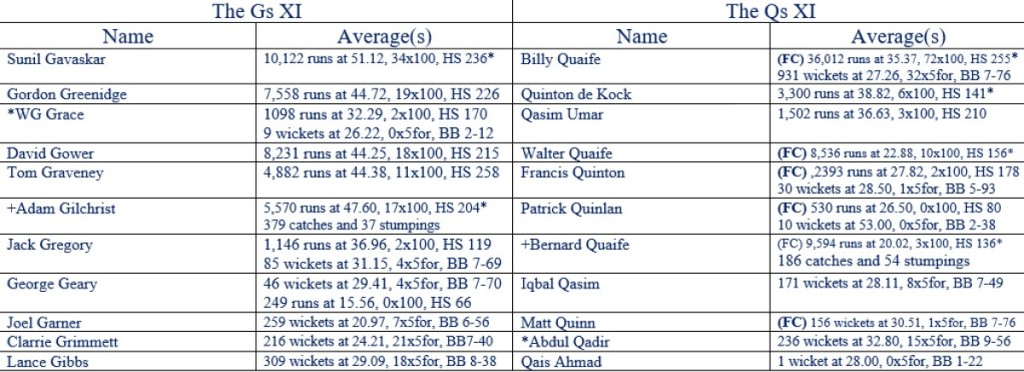
This is a total non-contest. The Gs win every match up batting wise, have the better keeper, far the better captain, are the only side who can actually be said to have a pace attack, and barring something extraordinary from the largely untried Qais Ahmad they also boss the spin bowling department. Fs 5. Qs 0.
THE Gs PROGRESS UPDATE
The Gs have scored 20.5 of a possible 25 points today, moving them up to 58 of a possible 80 points, 72.5% so far.
PHOTOGRAPHS
My usual sign off…

